The Ultimate Guide to Manchurian Pear Trees
Whether you are planning to establish an exquisite hedge or screening, hoping to add a striking feature tree to your landscape, or considering avenue planting, Manchurian Pear trees might just be what you are looking for. With varieties like Pyrus Betulaefolia 'Southworth Dancer', Pyrus Calleryana 'Bradford', and Pyrus Ussuriensis, among others, you can find the ideal tree to fit your requirements. Each of these varieties has unique traits and benefits, so read on to discover more about each one and find the perfect pear tree for your outdoor space.
The Best Pear Trees for Hedging and Screening
When creating a hedgerow or a screen, the variety of pear tree you choose can significantly influence the final aesthetic and functional results. Here are our top recommendations:
Pyrus Calleryana 'Bradford':
Known for its oval shape and excellent branch structure, the Bradford Pear offers a captivating display of pure white spring blossoms and brilliant autumn colours, making it an ideal choice for dense hedging, screening, and avenue planting.
Mature Height: 12-15 metersMature Width: 8-10 meters
Best Use: Highly suitable for dense hedging, screening or avenue planting
Compactness: Highly Compact
Leaf Appearance: Glossy green leaves transitioning to a spectrum of brilliant autumn colours
Flowers: Profuse, white spring blossoms
Pyrus Calleryana 'Cleveland Select':
The 'Cleveland Select' Pear is appreciated for its narrowly pyramidal form and robust growth. Its brilliant display of white spring flowers and outstanding autumn colour makes it perfect for tighter spaces, hedges, screens, and avenue planting.
Mature Height: 9-12 metersMature Width: 7-9 meters
Best Use: Perfect for tighter spaces, hedges, screens, and avenue planting
Compactness: Moderately Compact
Leaf Appearance: Deep green foliage that changes to stunning shades of red and purple in fall
Flowers: Profuse, white spring blossoms
Pyrus Betulaefolia 'Southworth Dancer':
The Southworth Dancer Pear is a petite and highly compact tree, well suited for smaller gardens. Its attractive dark green foliage that changes to vibrant autumn colours and generous white spring blossoms make it excellent for small hedges, screens, or avenue planting.
Mature Height: 8-10 metersMature Width: 6-8 meters
Best Use: Excellent for creating small hedges, screens, or for avenue planting
Compactness: Highly Compact
Leaf Appearance: Shiny dark green leaves that transition to vibrant shades of red and orange in fall
Flowers: Abundant, white spring blossoms
The Best Pear Trees to use as Feature Trees
Pyrus Betulaefolia X 'Edgedell' Edgewood:
The Edgedell Pear boasts a beautiful pyramidal shape and glossy green foliage that changes to vibrant autumn colours. With its brilliant white spring blossoms, it makes a stunning feature tree for any landscape.
Mature Height: 10-12 metersMature Width: 8-10 meters
Best Use: A stunning feature tree for any landscape
Compactness: Moderately Compact
Leaf Appearance: Glossy green leaves that change to vibrant autumn colours
Flowers: Brilliant, white spring blossoms
Pyrus Ussuriensis:
Pyrus Ussuriensis, also known as the Harbin Pear or Ussurian Pear, is loved for its hardiness and beautiful blossoms. With its glossy green leaves that transform into a stunning array of fall colours and abundant white spring blossoms, it makes a perfect feature tree for colder climates.
Mature Height: 9-12 metersMature Width: 8-10 meters
Best Use: A perfect feature tree for colder climates
Compactness: Moderately Compact
Leaf Appearance: Glossy green leaves that transform into a stunning array of fall colours
Flowers: Abundant, white spring blossoms
Pyrus Calleryana 'Aristocrat':
With its stronger branch structure and brilliant white spring blossoms, the 'Aristocrat' Pear is an excellent feature tree for urban or suburban landscapes.
Mature Height: 12-15 metersMature Width: 10-12 meters
Best Use: A standout feature tree for urban landscapes
Compactness: Moderately Compact
Leaf Appearance: Glossy green, transitioning to purples and reds in autumn
Flowers: White, plentiful, spring blossoms
Planting a Pear Tree
- Timing: The best time to plant pear trees is late winter or early spring. This gives the tree time to establish its root system before the growing season begins.
- Site Selection: Pear trees need a location with full sun exposure, at least 6 hours a day, and well-draining soil. They can tolerate different soil types, including sandy and heavy clay, but the soil should be deep and rich in organic matter.
- Planting Process: Dig a hole twice the width and the same depth as the root ball. Place the tree in the hole, making sure the bud union (if grafted) is above the soil level. Backfill the hole with the original soil, and water it thoroughly to settle the soil around the roots.
Maintaining a Pear Tree
- Watering: Water newly planted trees regularly, especially during dry spells. Once established, pear trees can tolerate some drought, but they will produce better with consistent moisture.
- Pruning: Young pear trees should be pruned in late winter to establish a strong structure. Mature trees need less pruning, but they should still be inspected annually for dead or diseased wood.
- Pest and Disease Control: Monitor for common pear tree pests such as aphids, codling moth, and pear psylla. Diseases to watch out for include fire blight and pear scab. Integrated pest and disease management practices include regular monitoring, using disease-resistant varieties, and applying organic or synthetic treatments when necessary.
Feeding and Fertilizing a Pear Tree
- When to Fertilize: Fertilize pear trees in late winter or early spring before the new growth starts.
- What to Use: Use a balanced fertilizer with equal parts Nitrogen, Phosphorous, and Potassium (often referred to as N-P-K). Pear trees also benefit from minor elements such as magnesium and calcium.
- How to Apply: Spread the fertilizer evenly under the canopy of the tree, starting a foot away from the trunk and extending out to the drip line (the outer edge of the branches).
Whether your goal is to establish a dense hedge, create a beautiful screen, line up trees for avenue planting, or to make a statement with a feature tree, Pear trees are a versatile choice that can adapt to your needs. Explore the variety of Pear trees we offer at Evergreen Trees, and make your landscape dreams come to life.


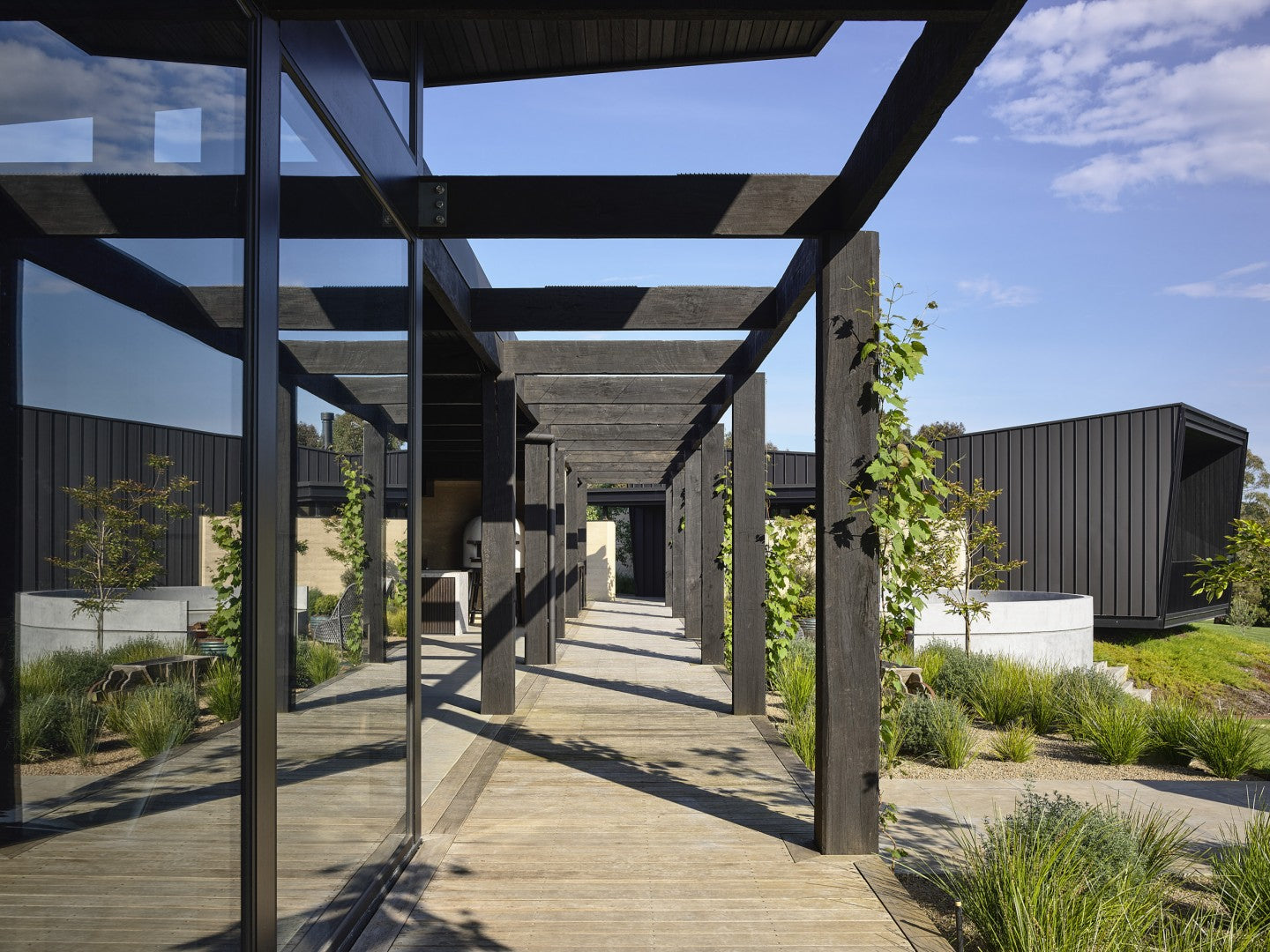
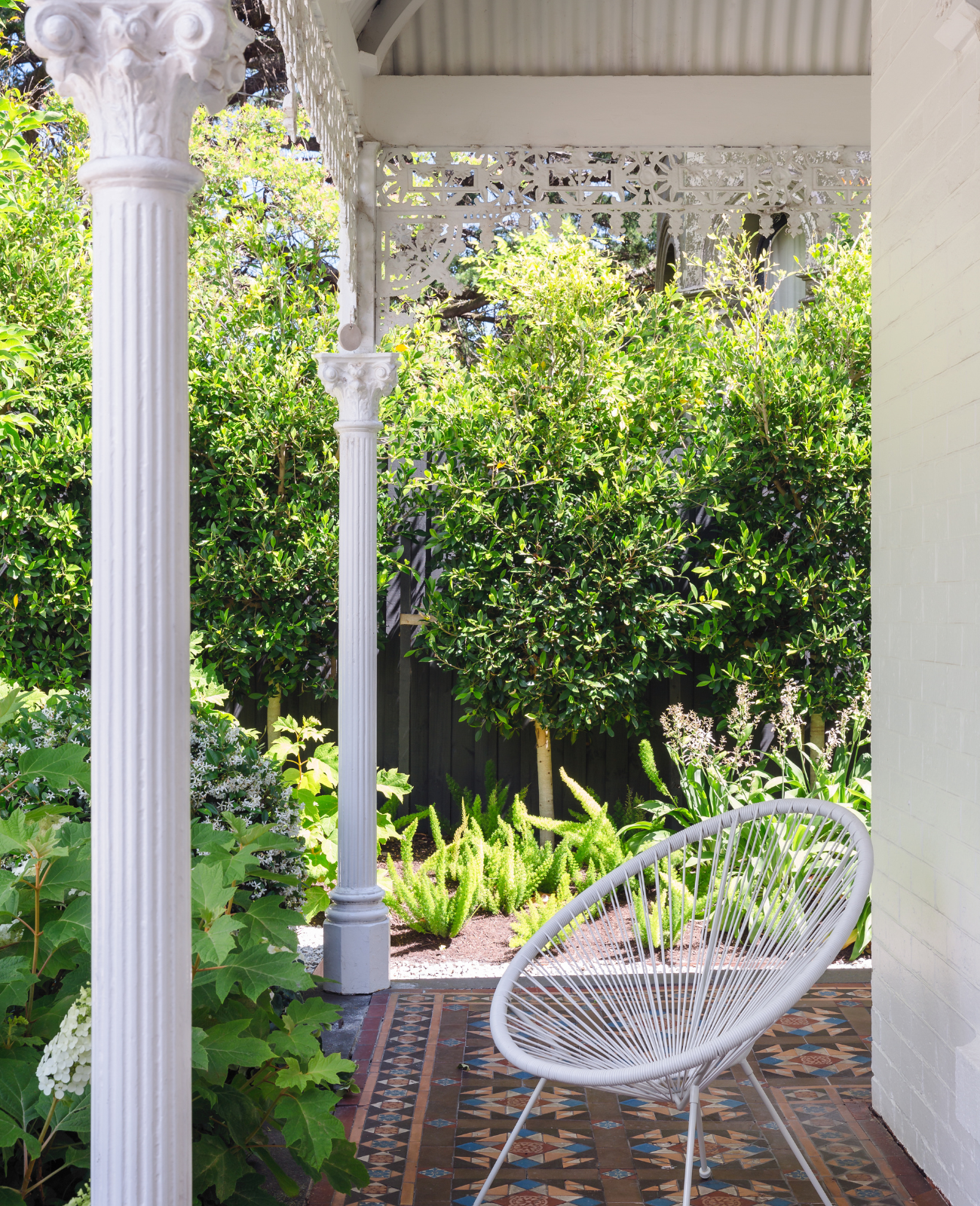
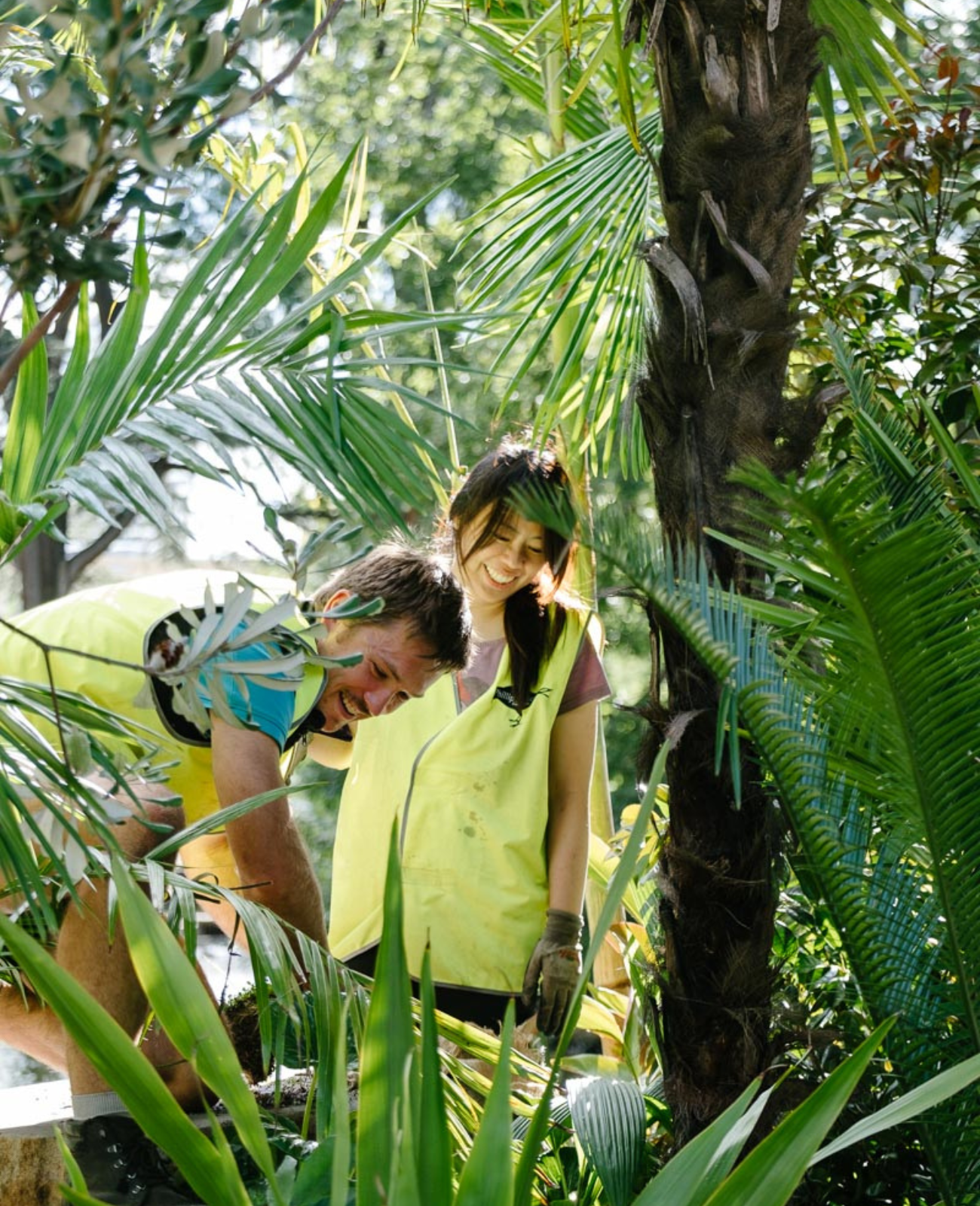
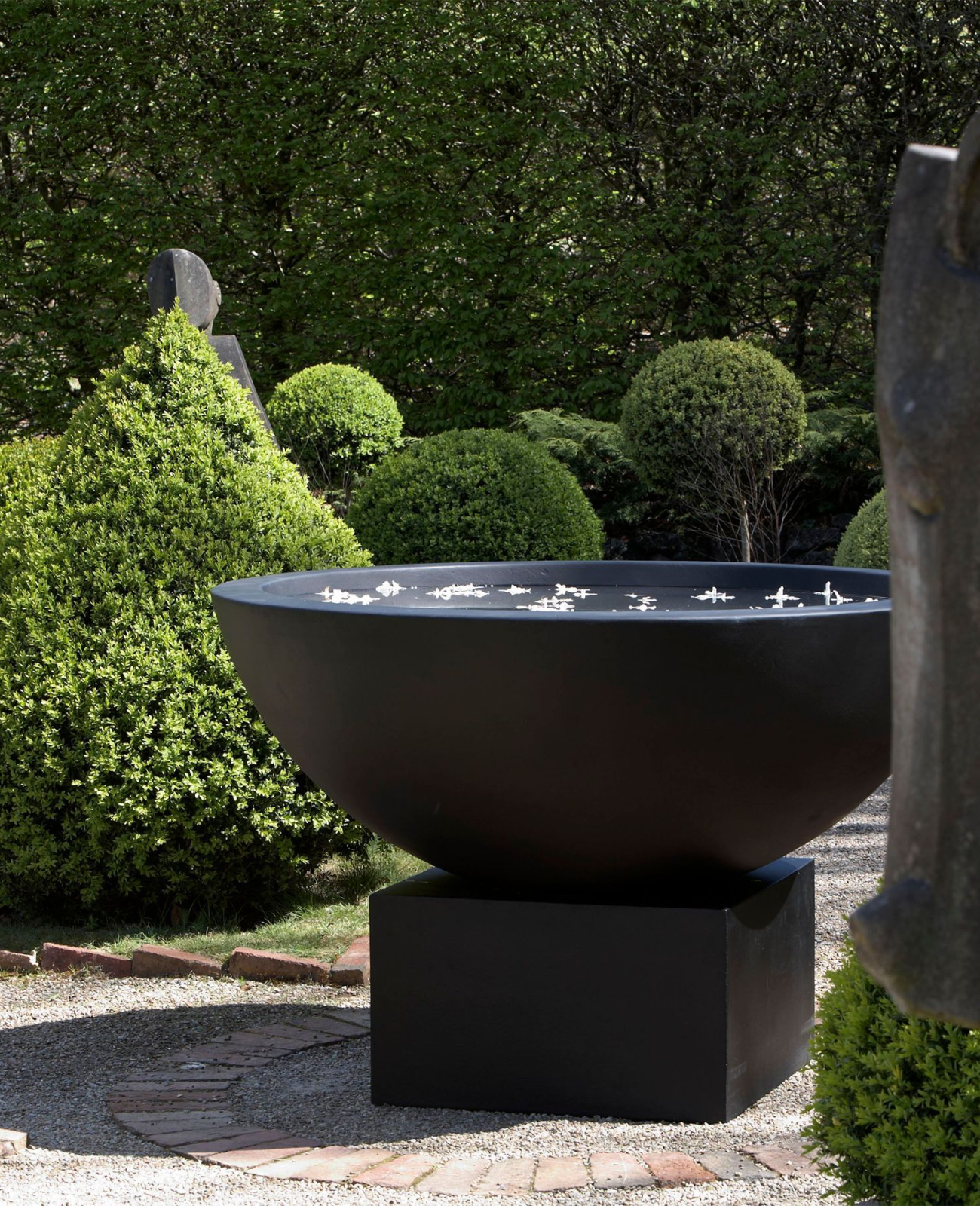
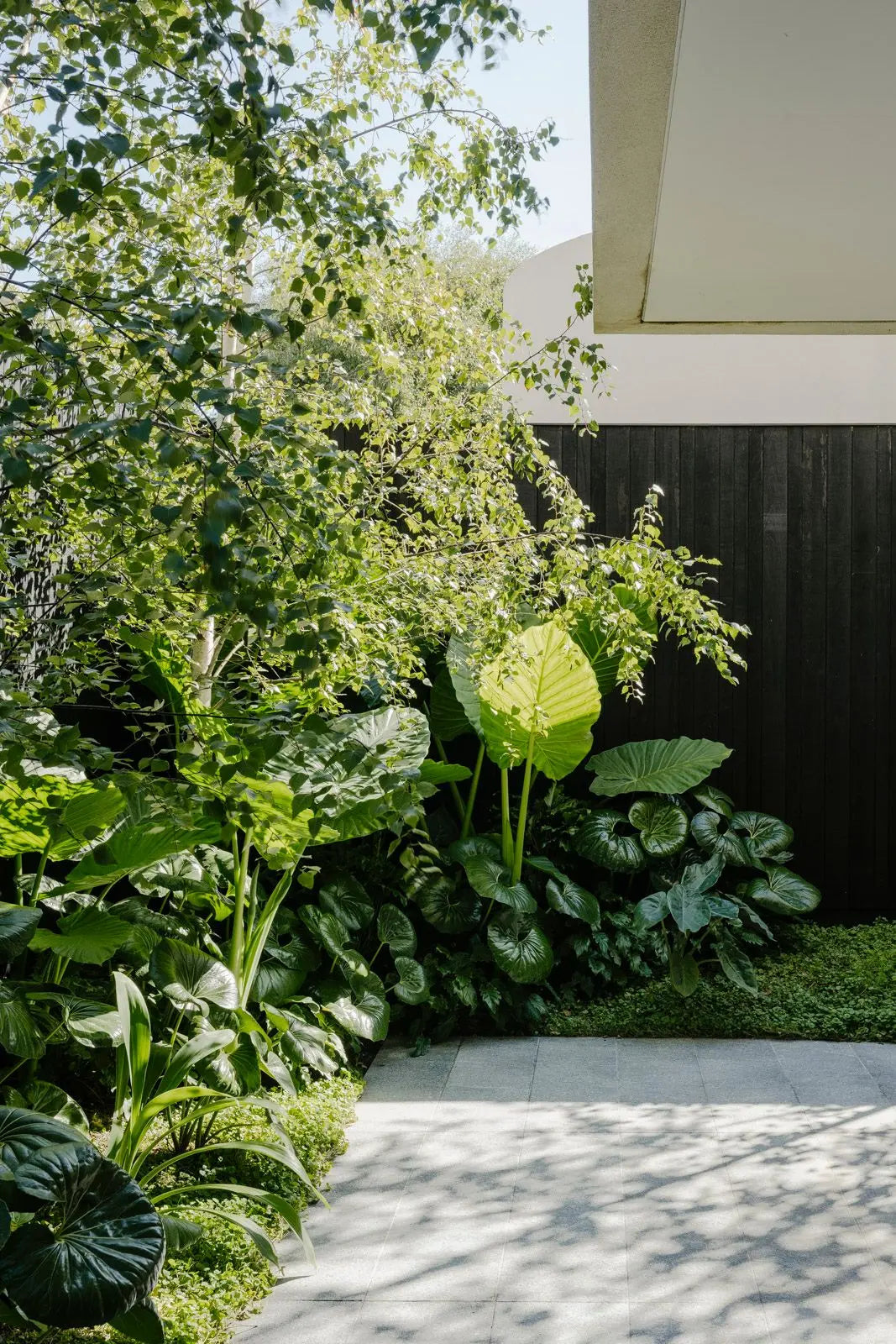
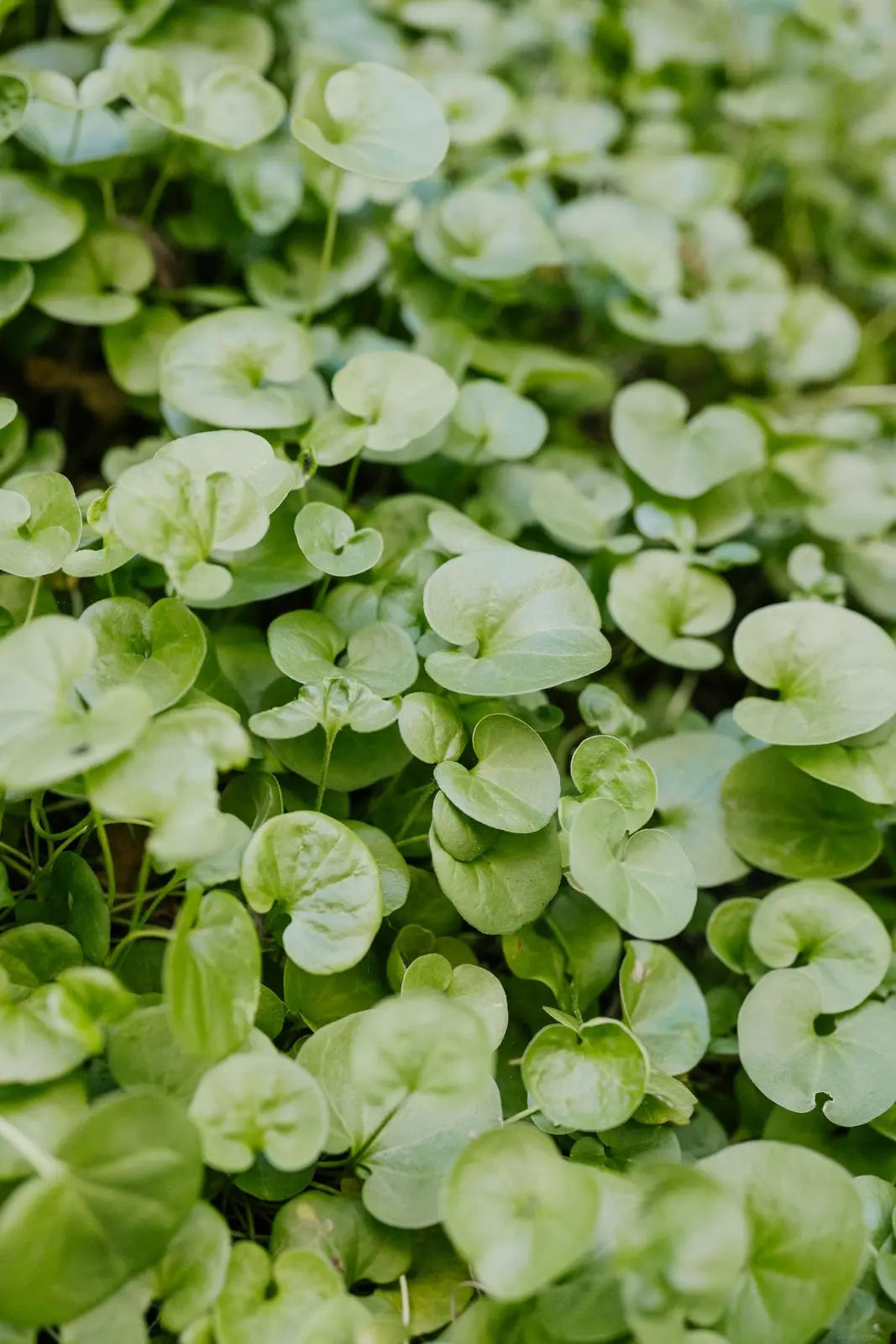
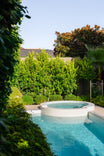
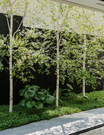
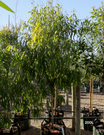
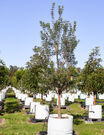
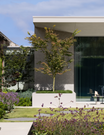
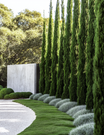

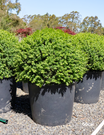
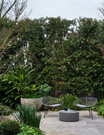
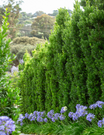
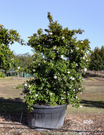
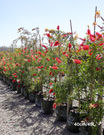
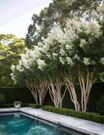
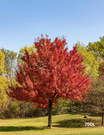
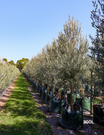
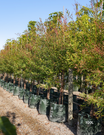
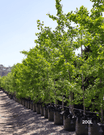
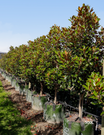
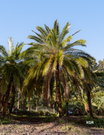
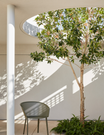
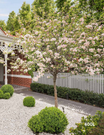

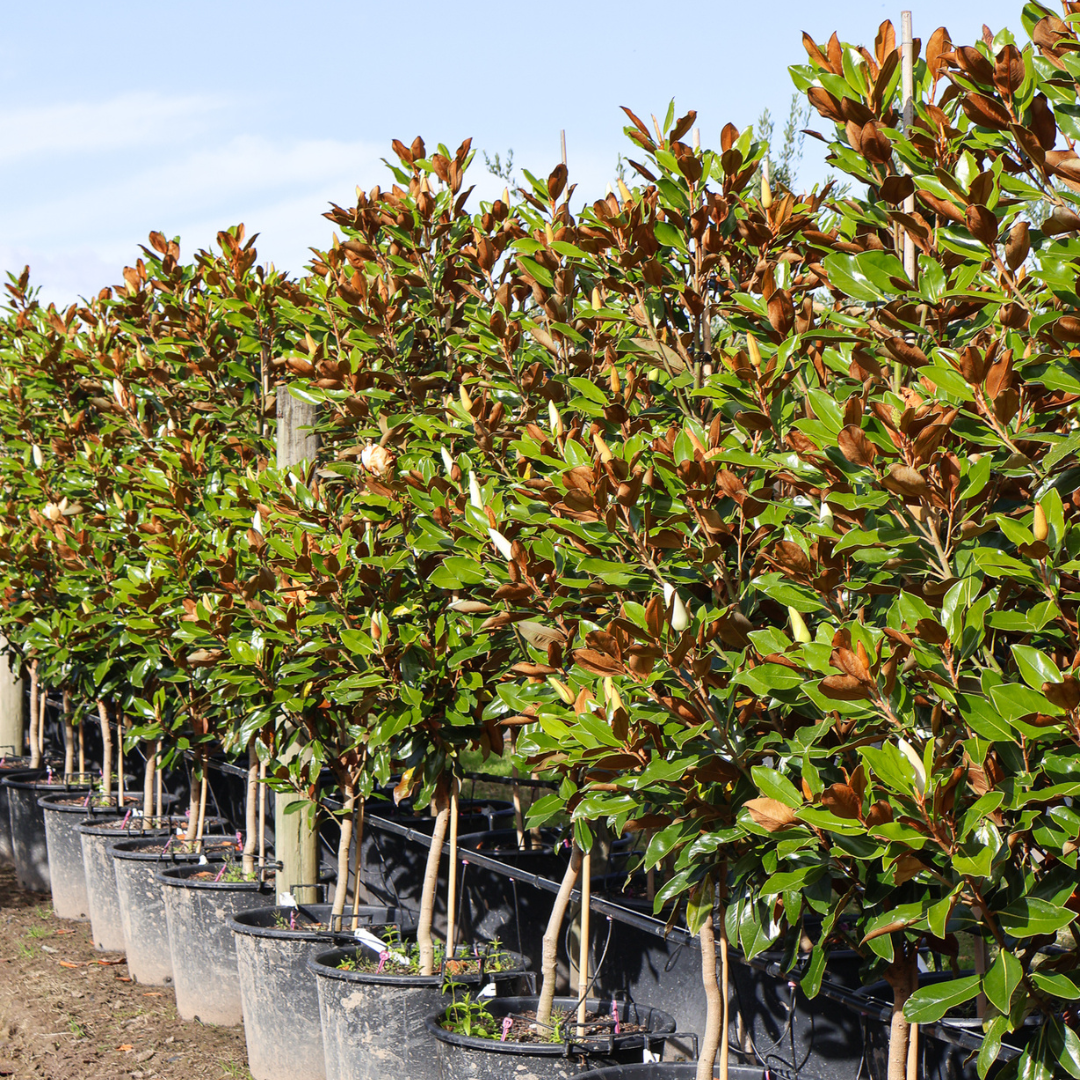
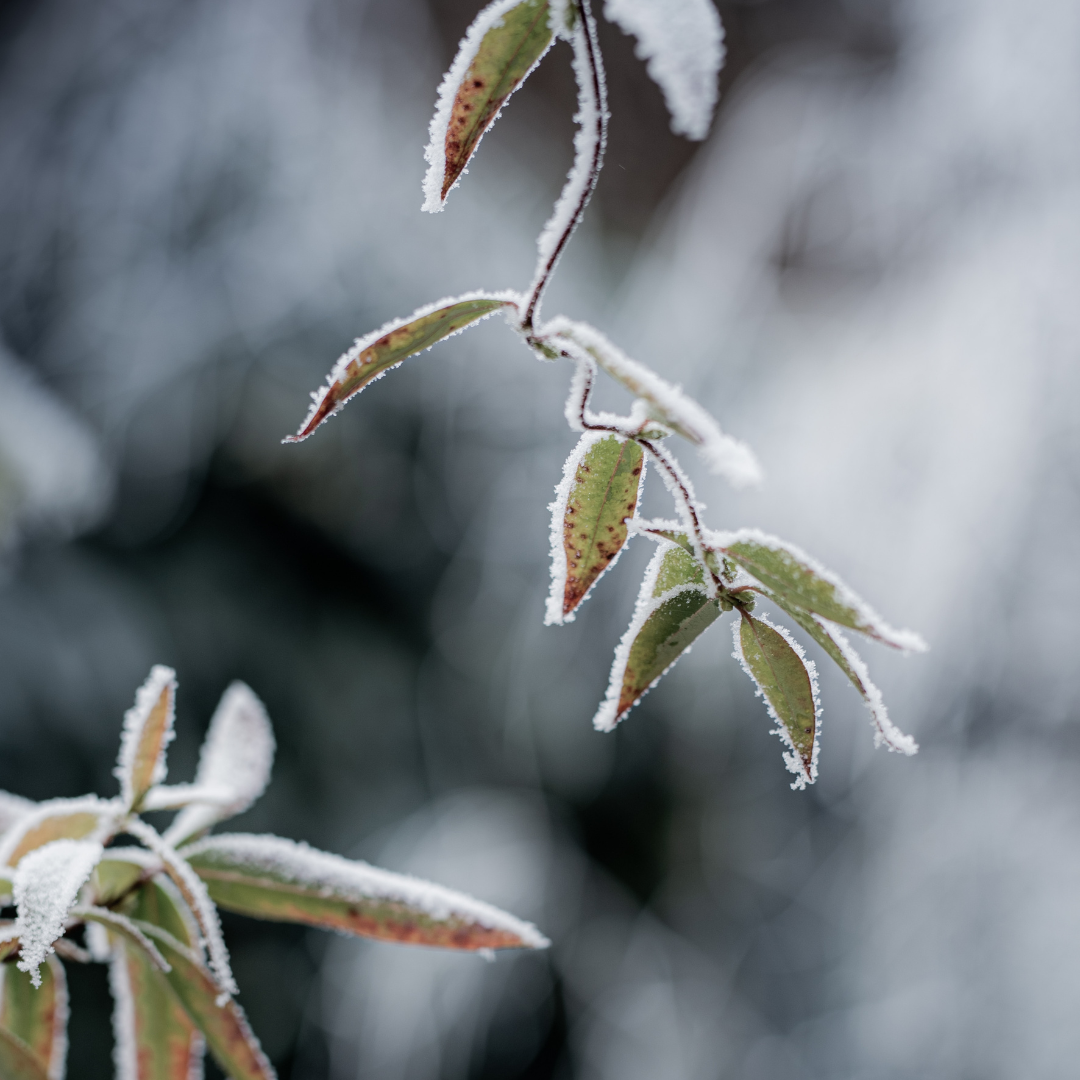
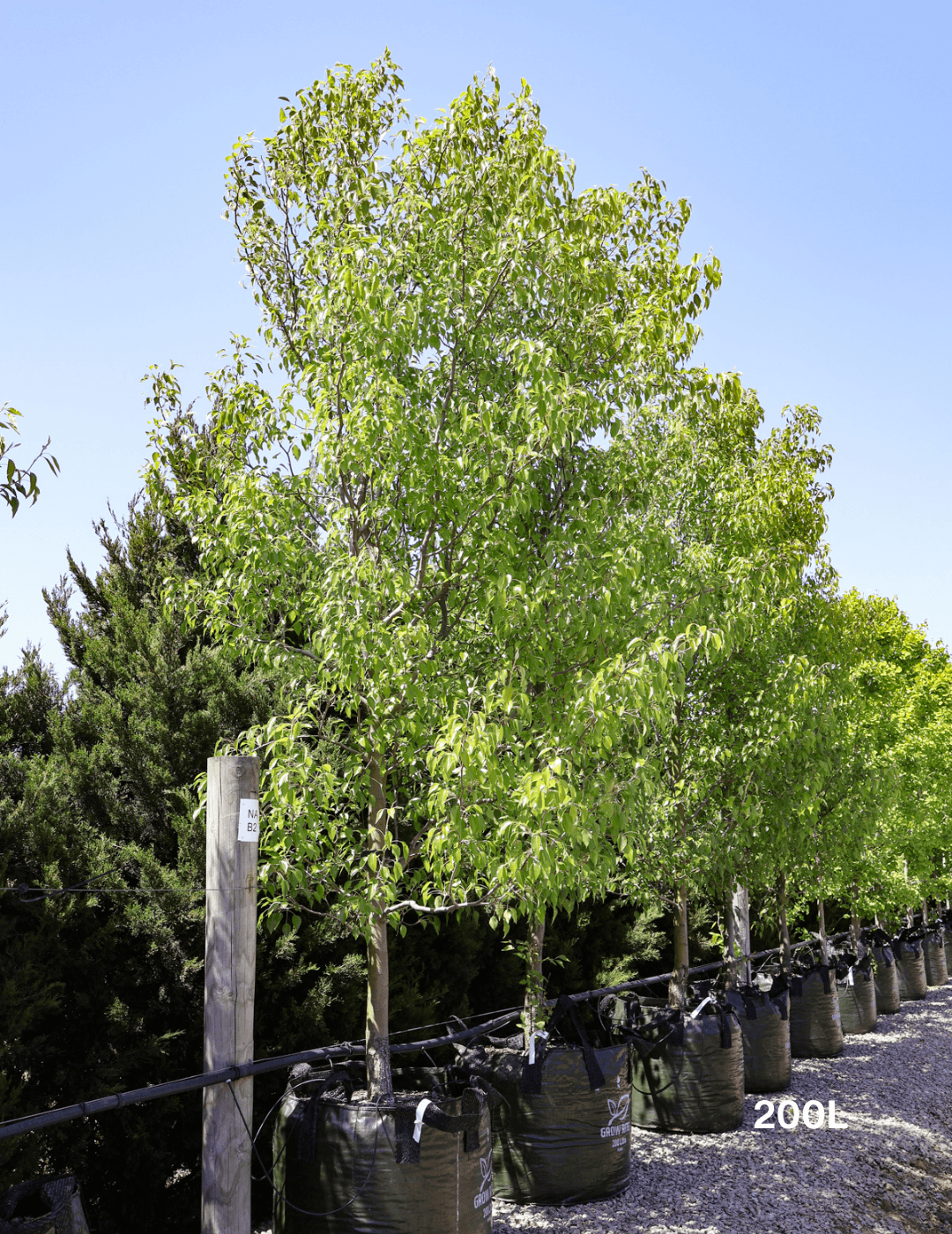
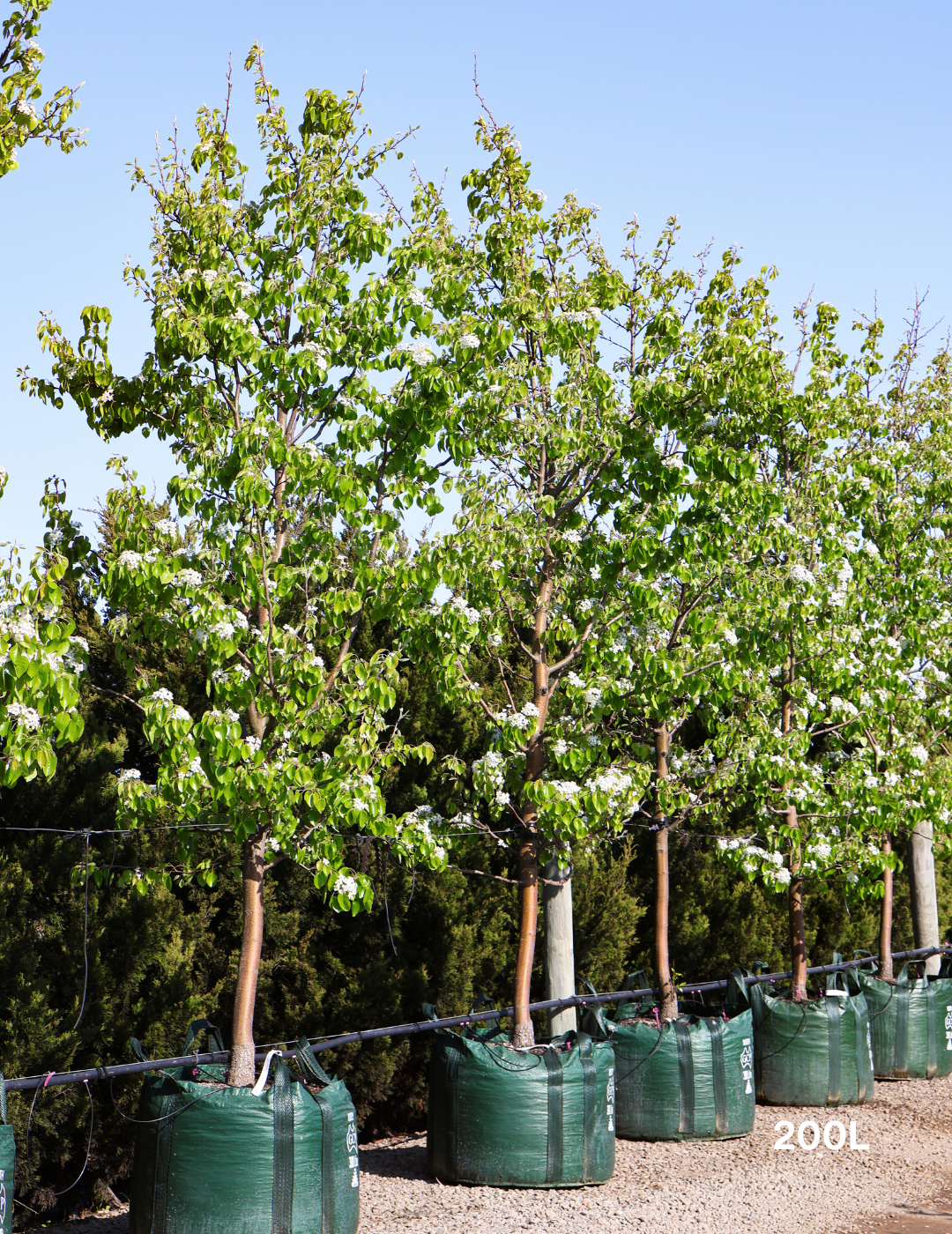
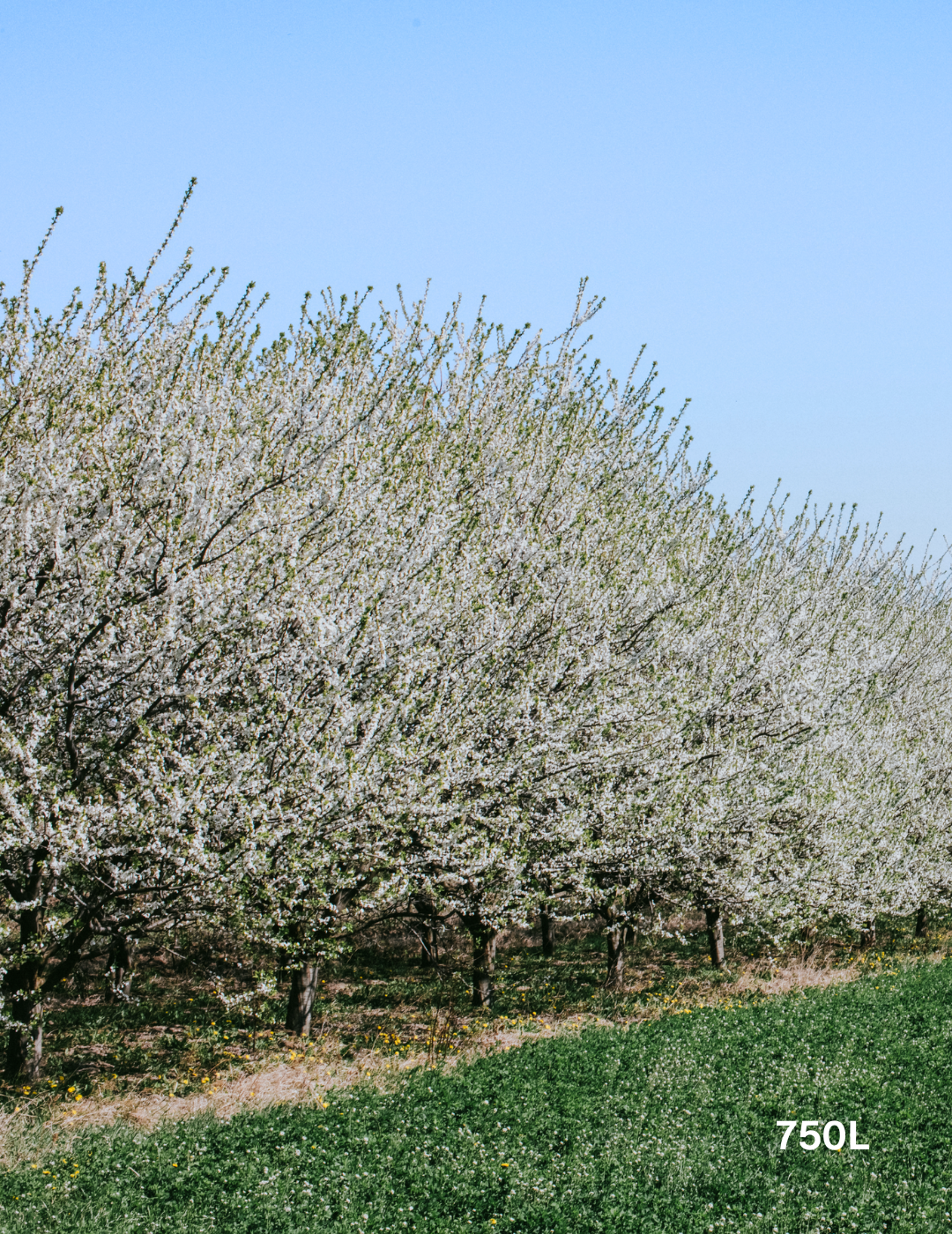
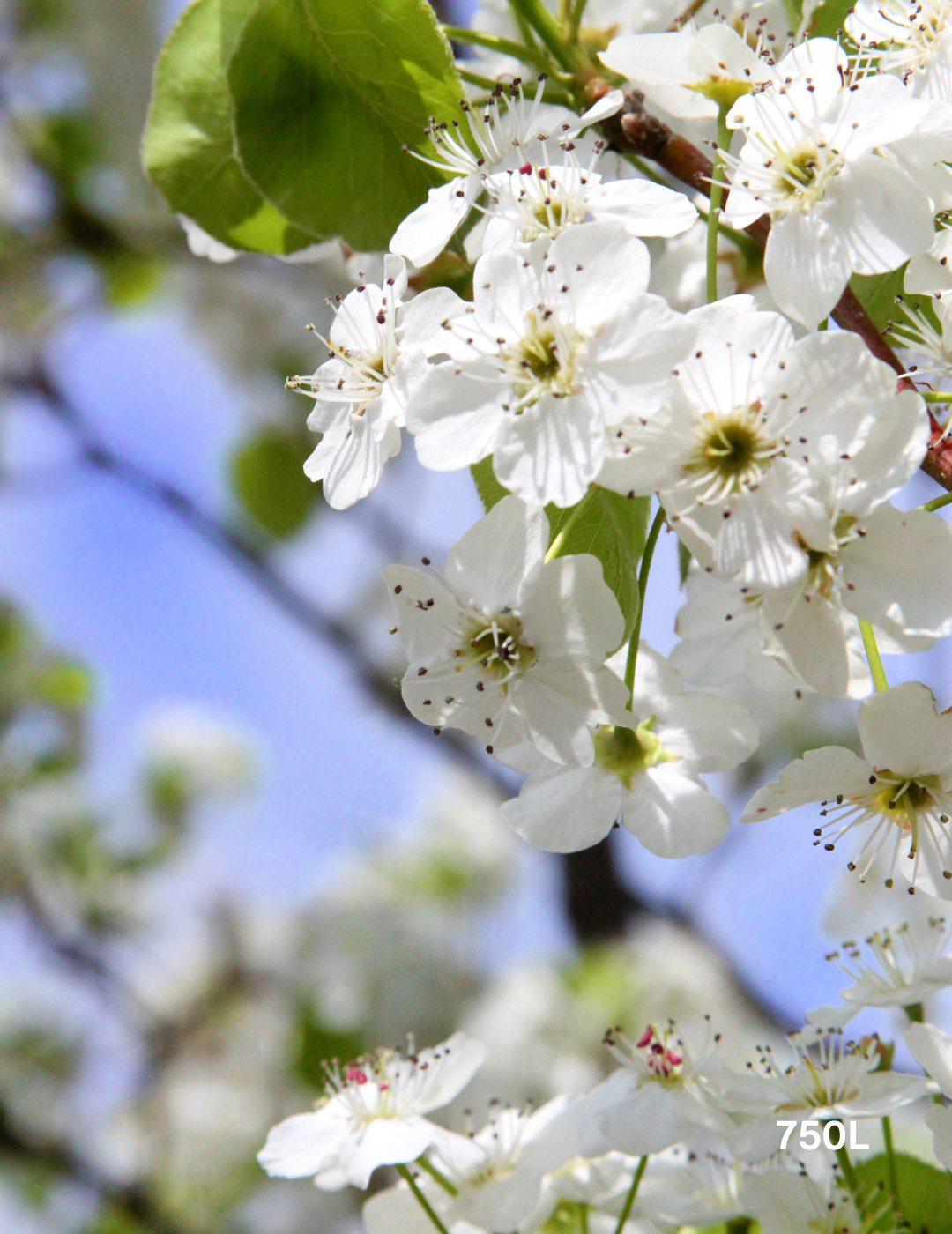
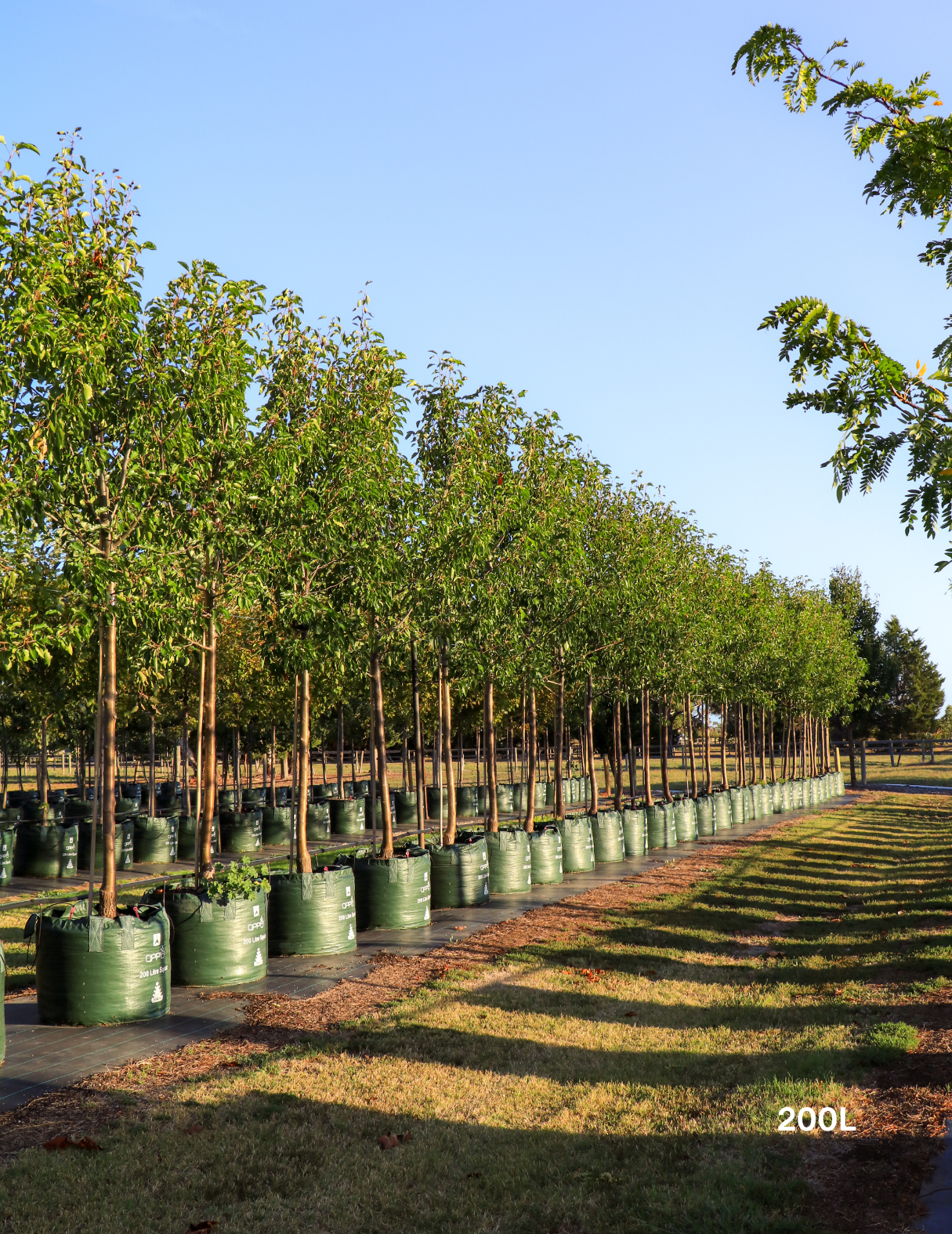
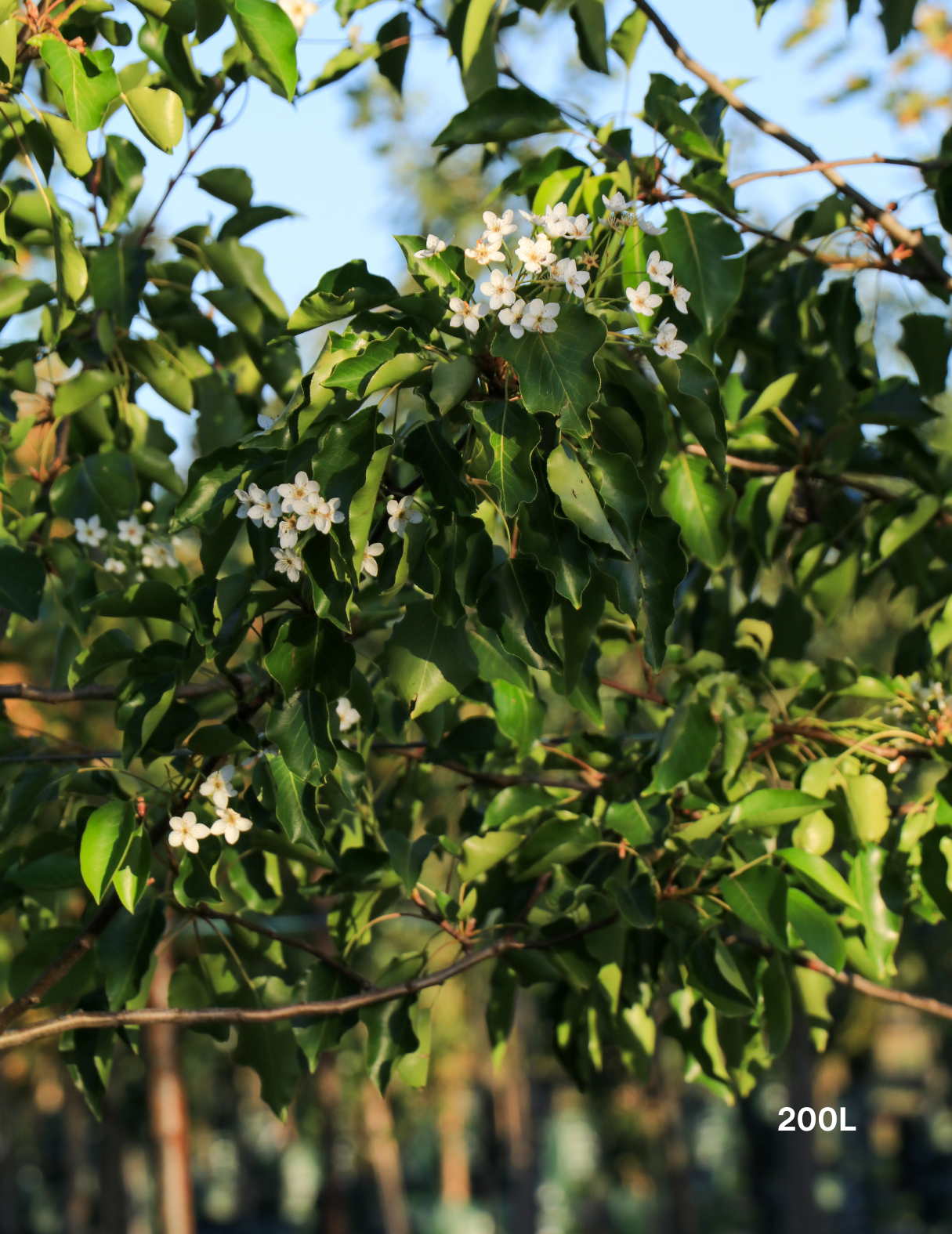
2 comments
tony quinert
Tryng to get a recommendation for pear tree variety for a fence hedging project in Hampton
Paul
Love your article on planting pear trees. I am wondering how far apart they should be planted to create a hedge.
Any assistance is greatly appreciated.
Thanks Paul
Leave a comment
This site is protected by hCaptcha and the hCaptcha Privacy Policy and Terms of Service apply.